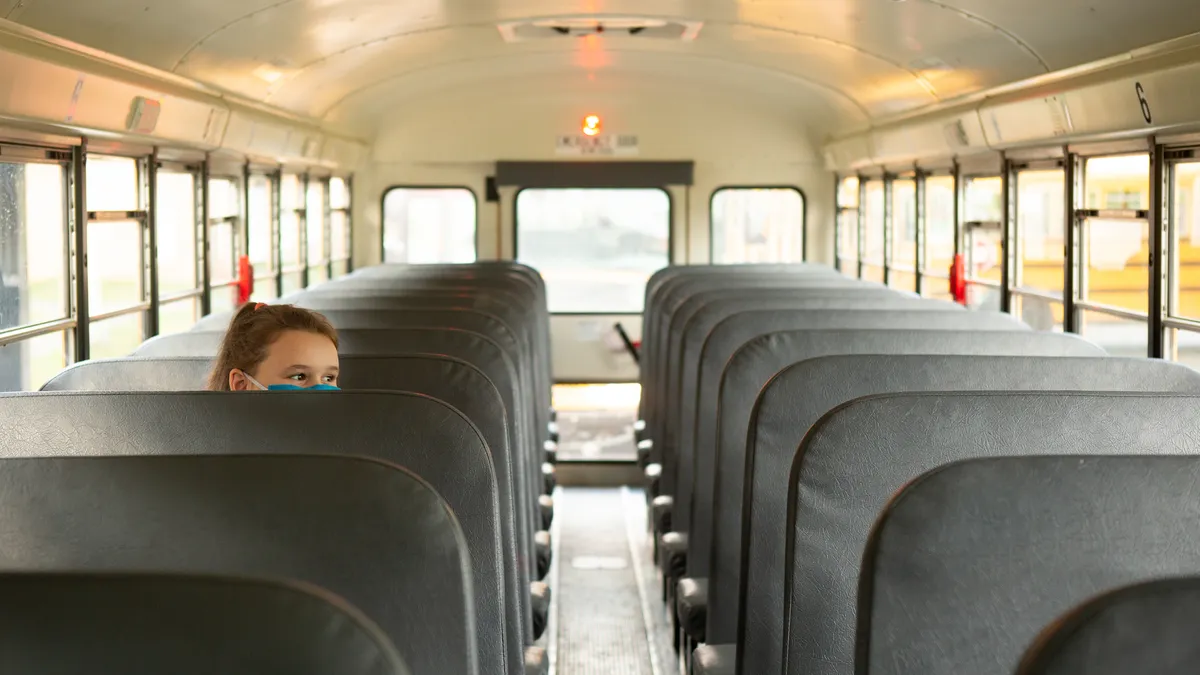Dive Brief:
- Maurice J. Elias, a professor in the Psychology Department at Rutgers University and director of the Rutgers Social-Emotional Learning Lab, shared on Edutopia a two-step process for reducing chronic absenteeism. The first step involves identifying and overcoming barriers to school attendance and the second is creating a school environment that encourages student attendance.
- He writes that when school leaders create a positive school culture, students are more likely to want to be at school. Reductions in negative factors, such as harassment, bullying, and unfair discipline practices can also help students feel safer. He writes that implementing social-emotional learning skills and support measures will help students feel as if the “school is their oasis, not their holding cell.”
- Some of the key elements of positive school climate developed by the Social-Emotional Learning Alliance for New Jersey include the creation of a school environment that is inspiring, supportive, safe and healthy, respectful and engaging.
Dive Insight:
According to data collected by Attendance Works, a nonprofit organization, nearly 8 million K-12 students in the U.S. missed three or more weeks of school during the 2015-16 school year. While many states and school districts are developing strategies to overcome barriers to student attendance, school leaders can also spend this summer considering what other efforts are needed to reduce absenteeism among those still facing obstacles. Some districts have attendance review teams that meet to determine what issues are causing students to miss school.
Some approaches to improving school culture are more external. Improving the condition and appearance of school buildings can create a more welcoming school environment and one that is more conducive to learning. Changing the names of school mascots or teams might also help students feel more included.
Changing discipline practices, however, will likely require more work in terms of teacher and administrative training. Restorative practices are growing in use as schools seek to limit suspensions, particularly among students of color. A recent study shows that such a program in the Pittsburgh Public Schools was associated with an increase in attendance at the elementary level and among students with an Individual Education Program. Improving methods of communication with parents can also improve school attendance.
Even practices as simple as greeting students with a positive message when they come to school and acknowledging their absence by letting them know they were missed can make them feel more welcome and a vital part of the school community.







 Dive Awards
Dive Awards







